5 Facts About Pollinators You Need To Know
- Dane
- Aug 13
- 3 min read
Updated: Aug 22
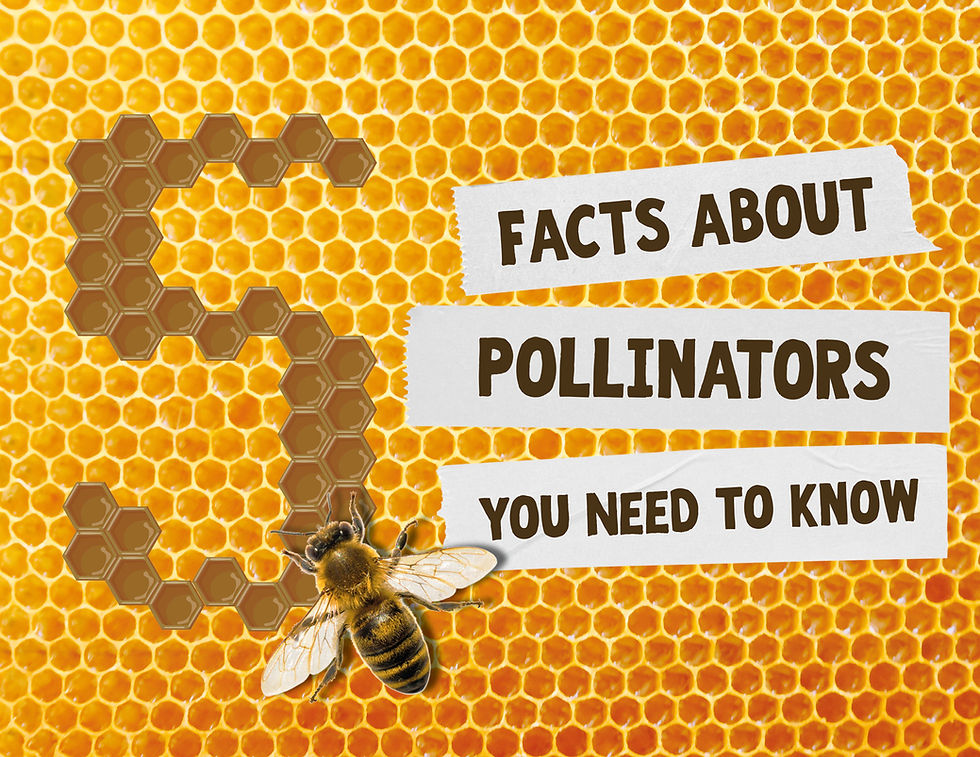
It’s World Honeybee Day! To celebrate these pollen experts, we thought we’d look at why pollinators are so important. Pollination is vital to the survival of all plants around the world. Although some can fertilise themselves or spread their pollen via wind, most rely on pollinators to give them a helping hand - around 90% of all plants are pollinated this way. Cross-pollinating with other plants also allows for greater biodiversity and resistance to diseases and climate change.
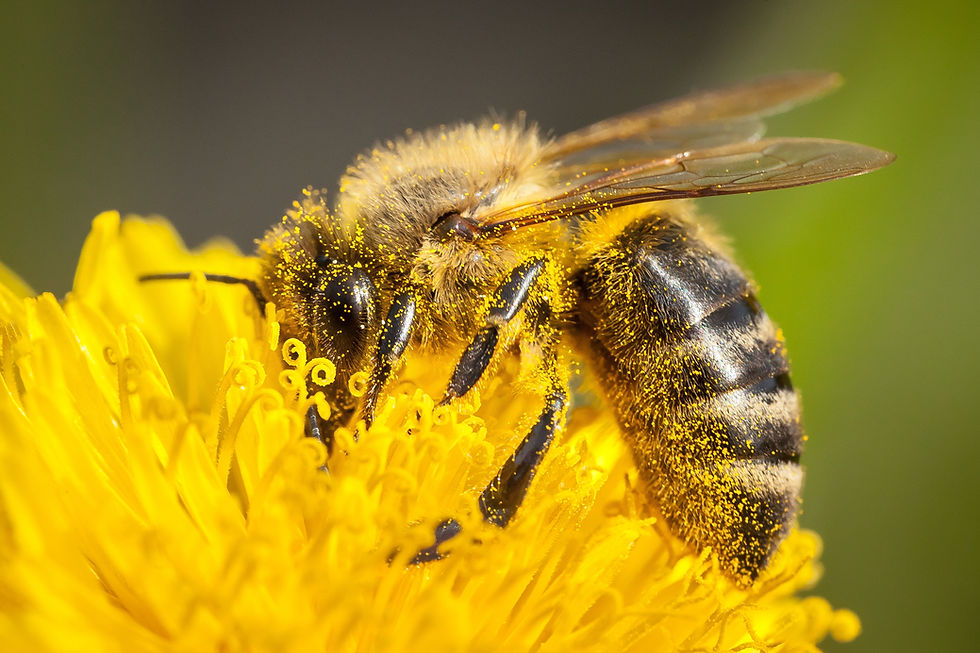
Pollinators help feed us
The food we eat relies on pollination. The plants that we use to grow our food need to be fertilised so that they can make seeds, grow fruits and vegetables, and spread to new areas. Approximately £690 million worth of crops a year are pollinated by insects. If we were to take over that job completely (or if these pollinators didn’t exist anymore), it would cost us around £1.8 million per year – let alone how much time and energy that would take! Research has shown that pollination by insects can triple the production of fruit and improve the size and quality compared to other pollination methods.
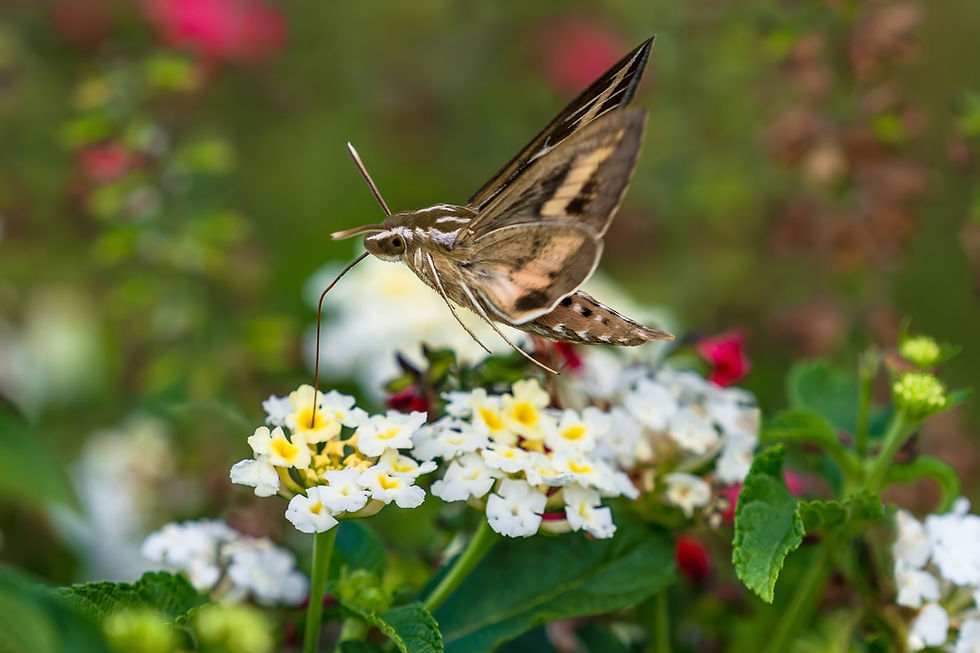
There are more pollinators than you think
When we think about pollinators, we usually imagine bees buzzing happily from flower to flower. However, there are far more insects that help pollinate than you would think. Bees, wasps, moths, butterflies, flies, and beetles all help to spread pollen. Some animals even inadvertently pollinate as they brush up against plants. A study of apple trees at a UK orchard found that on one blossom, there were over 25 different pollinators (mostly bees and hoverflies).
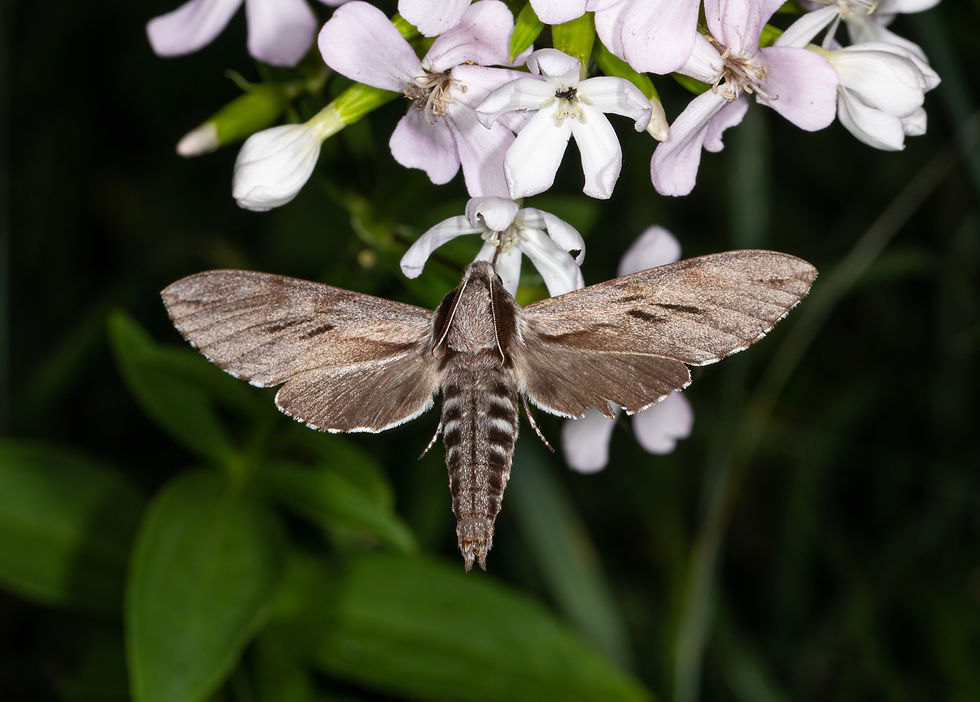
Pollinators are active during the day and night
The handy thing about insect pollination is that it works 24 hours a day, 7 days a week. During the day, honeybees, wasps, butterflies, and more fly from plant to plant helping to fertilise plants. But when we all go to bed, moths come out to take over the job. Night-blooming plants emit strong smells during the night, so moths use these smells to guide their way to the nectar kept within.

Plants have adapted in unique ways to increase the chance of pollination
Plants need to reproduce to survive, just like us. So, they have adapted in ingenious ways to attract pollinators. Flowers in particular have some really cool features. Foxgloves, for example, hide their nectar deep inside the flower so that pollinators have to crawl through the petals, picking up pollen as they go. Some flowers, like pansies and geraniums, use colours to guide insects in, like a landing strip at an airport. Others have big landing pads like sunflowers.
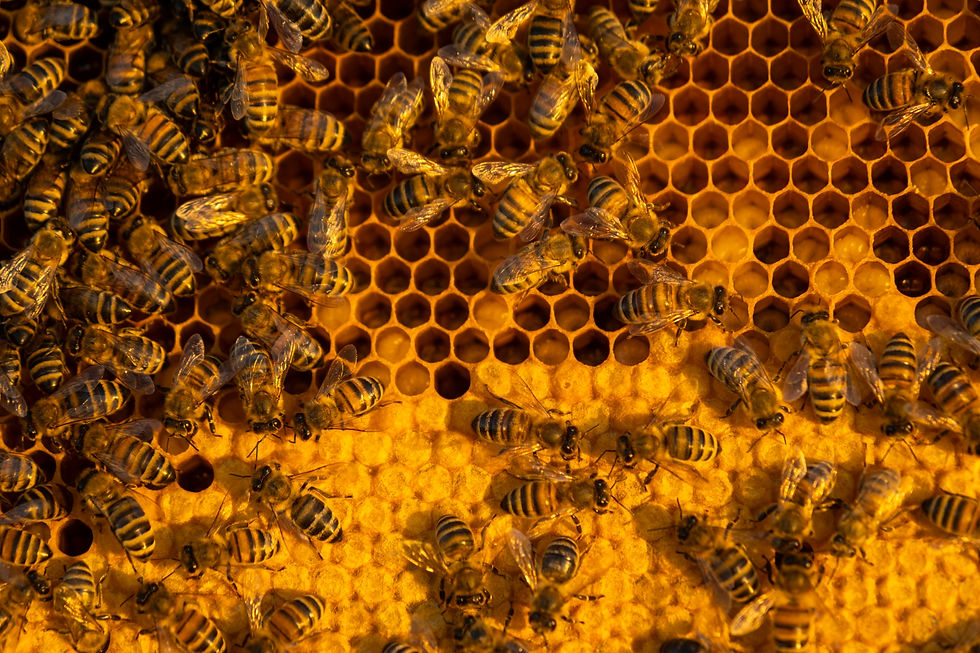
Honeybees are some of the most well-known pollinators
Honeybees have definitely taken the prize for most popular pollinator! Their honey has become the staple of many people’s breakfast tables, but don’t worry, they produce 2-3 times more honey than the hive needs to survive the winter. They can fly at speeds of up to 25km/h, have 170 different receptors to detect pollen, and can beat their wings up to 200 times per second. Their hive is made up of three different types of bee: the queen, who runs the hive, lays up to 2,500 eggs per day and produces chemicals to help control the hive; workers are female and are responsible for building, protecting, and foraging food for the hive; and drones whose sole purpose is to mate with the queen.

How to help bees and other pollinators
Keep your garden wild! Cut your grass less often and plant flowers local to your area to give insects plenty of food and living space. Also, try to avoid disturbing insects while they are nesting or hibernating and even making bee hotels to keep them safe.
Don’t use pesticides; these can be harmful to pollinators and other insects.
Be plant savvy. Whether it’s a garden, balcony, or windowsill, find space to plant plants rich in nectar which bloom for a wide range of months.
If you see a bee on the ground, it may be resting, but if you feel it is struggling, there are a few things you can do…
Carefully move the bee to a bee-friendly flower to recuperate
If there aren’t any suitable plants around, make a one-off energy booster made of 1 part water to 1 part sugar. Put a drop or two somewhere where they can drink it and leave them be. Don’t use brown sugar or honey, though, as they cannot digest the sugar, and honey is toxic to bumblebees.




Comments